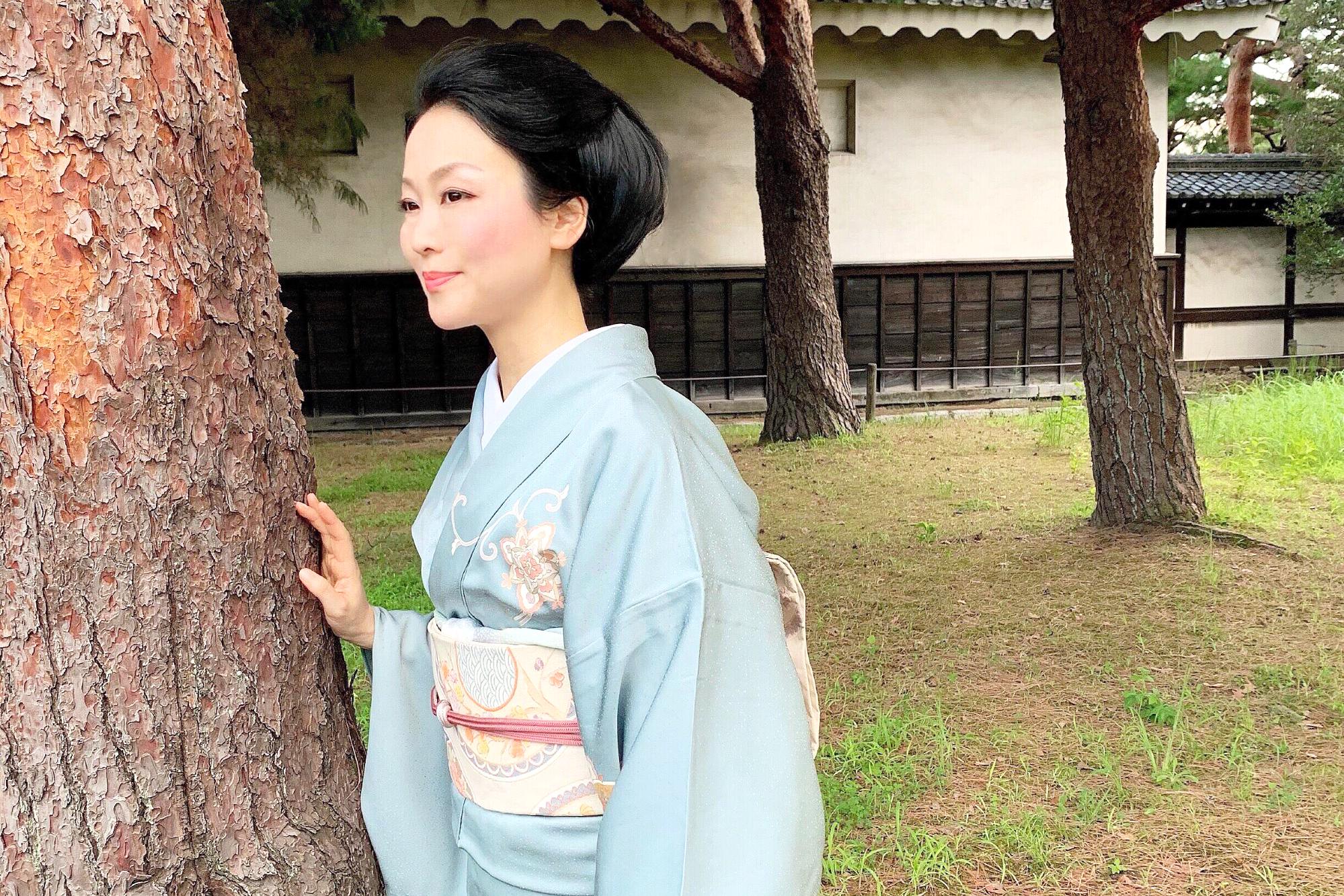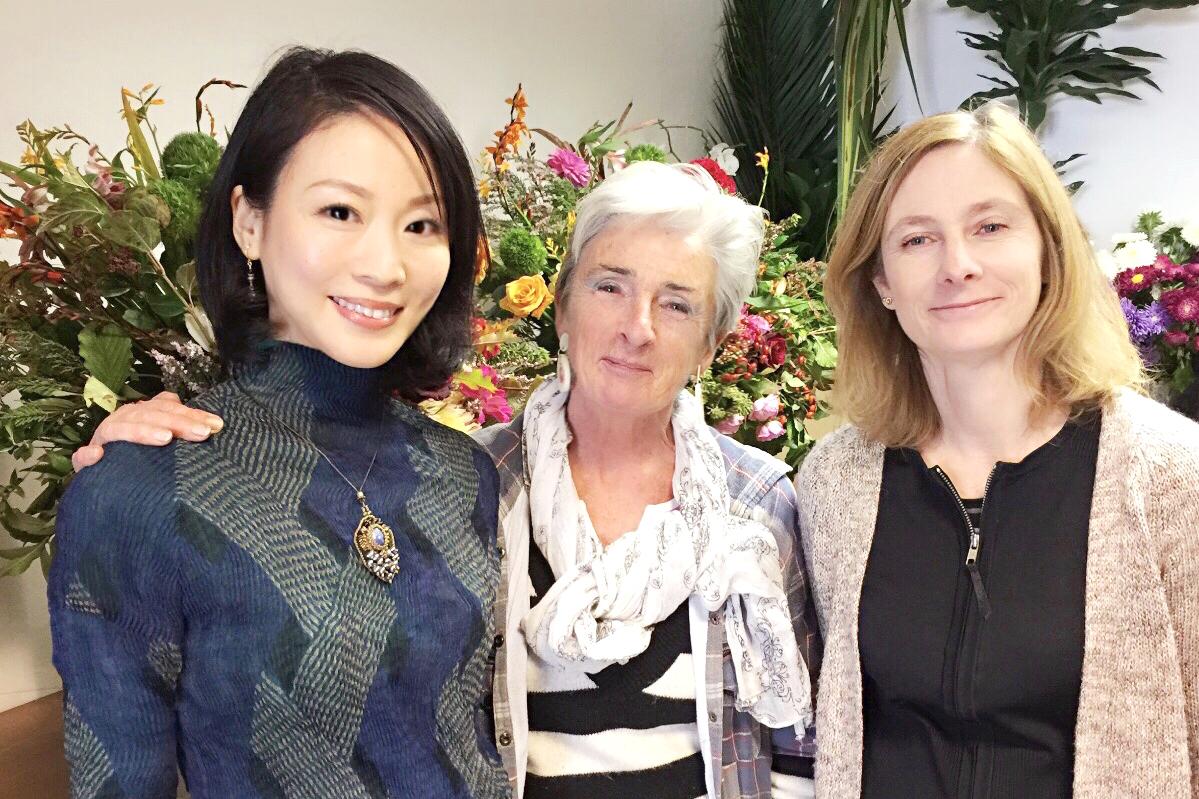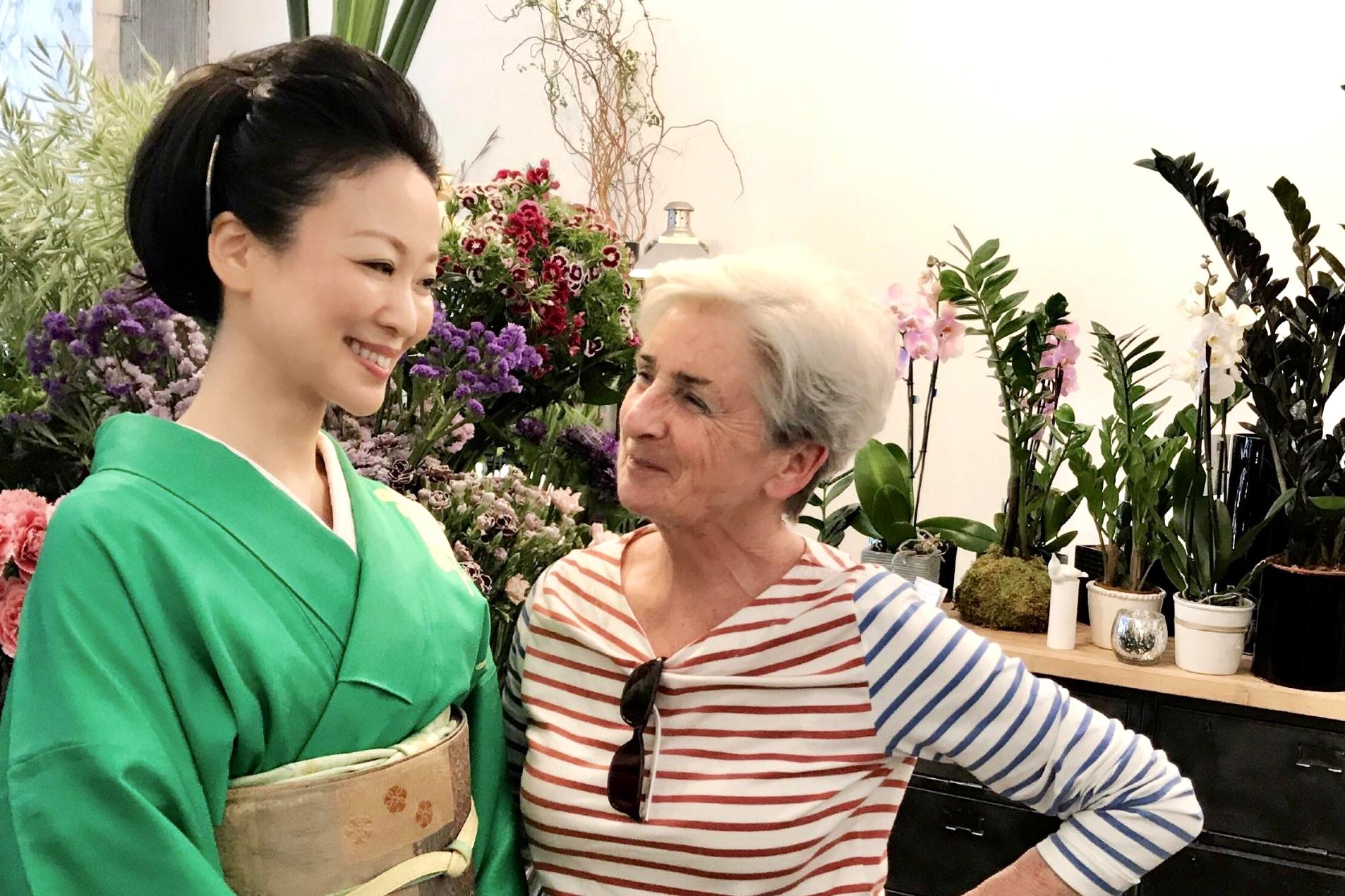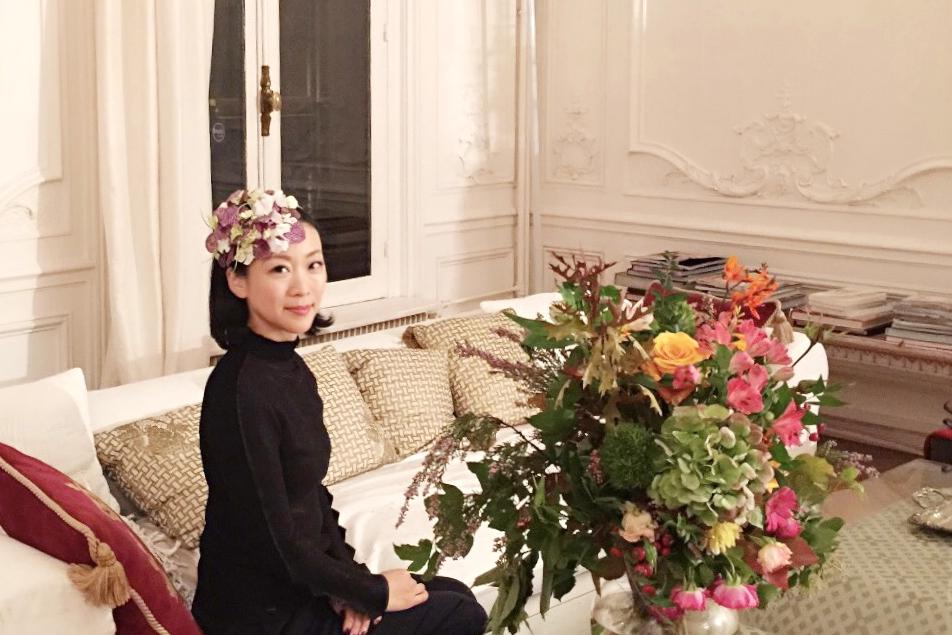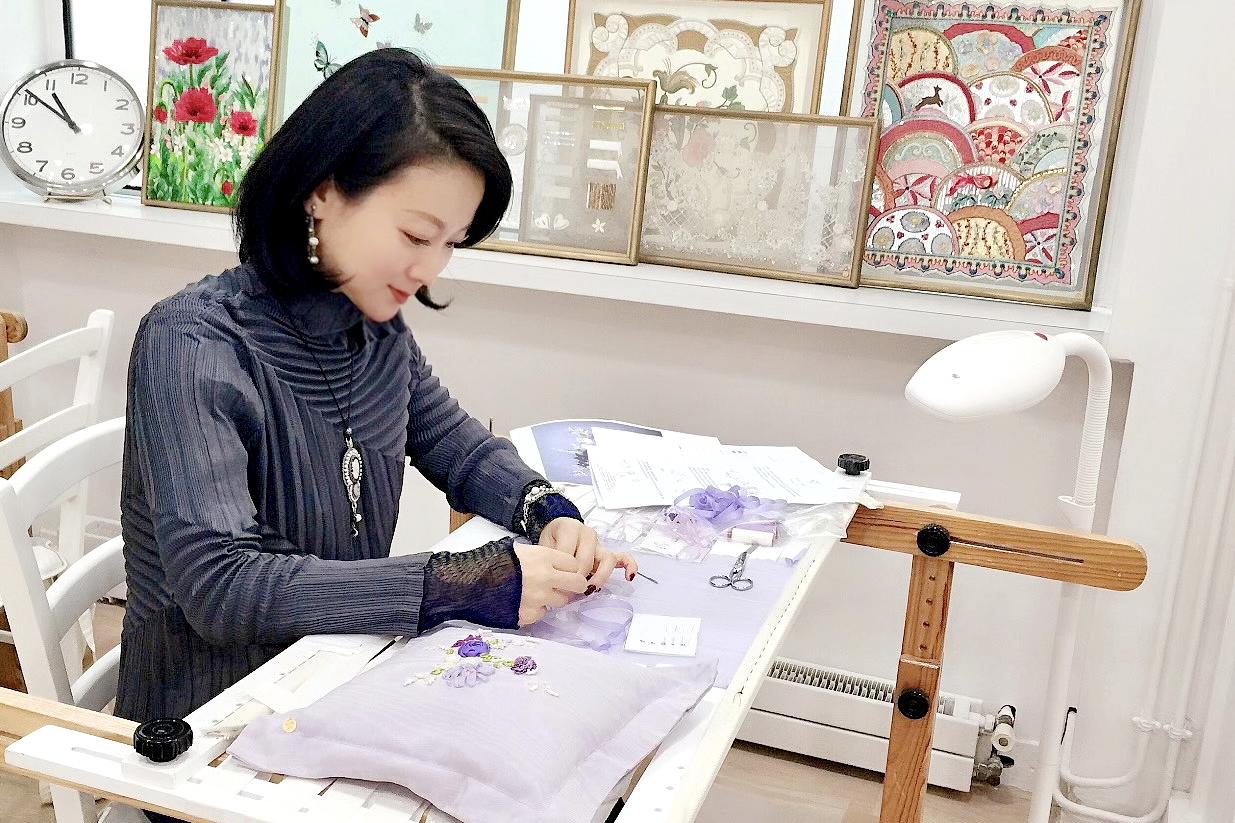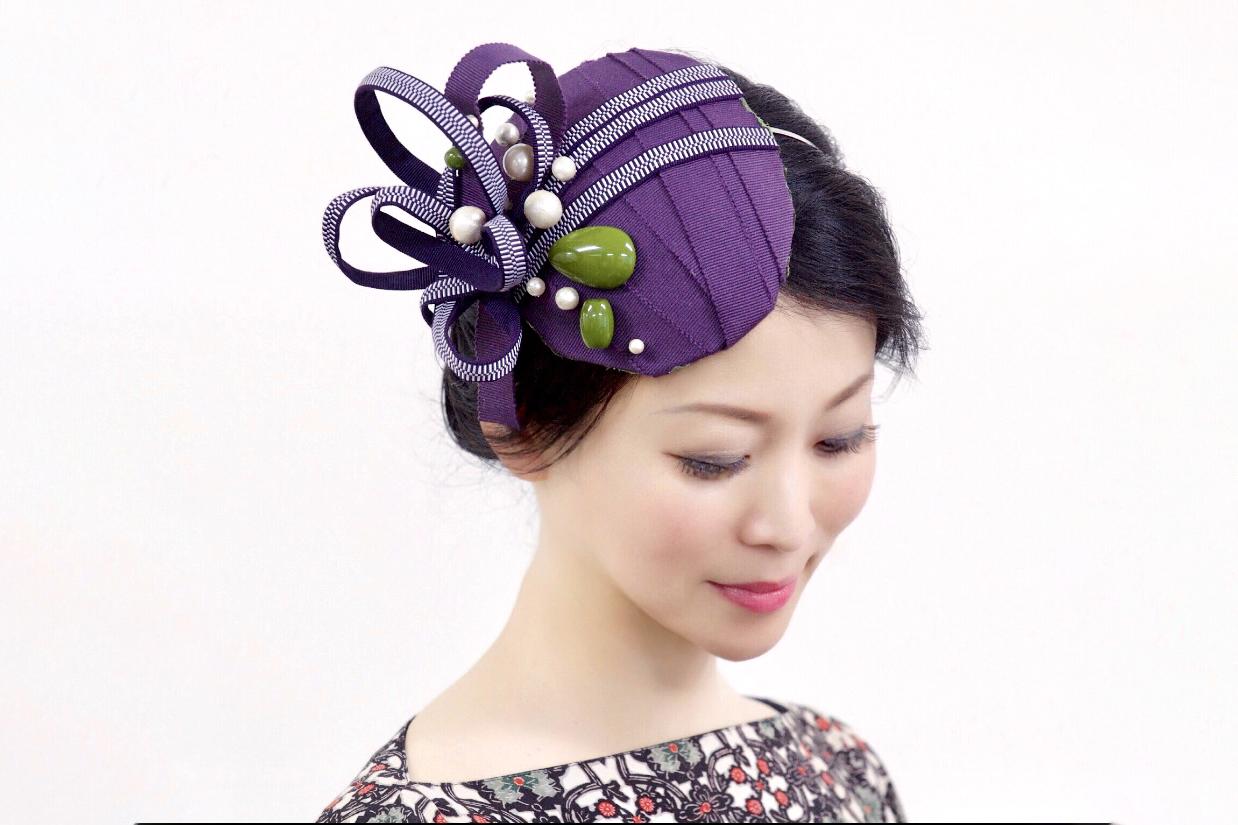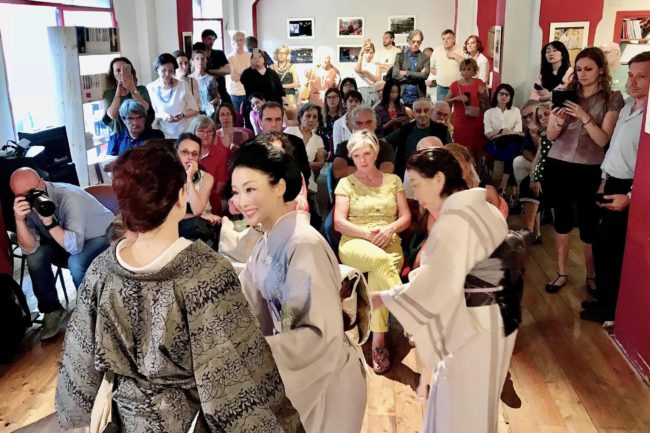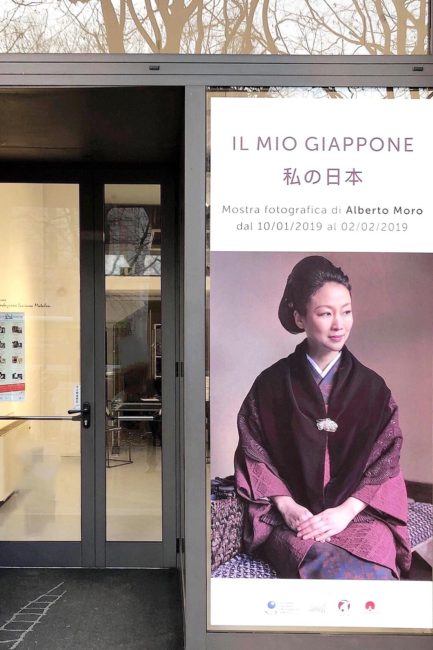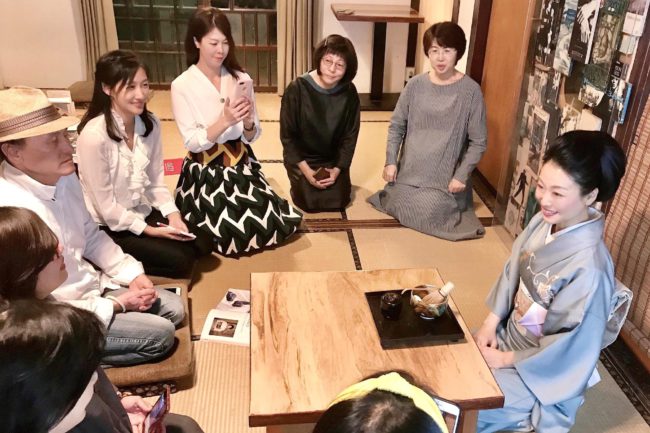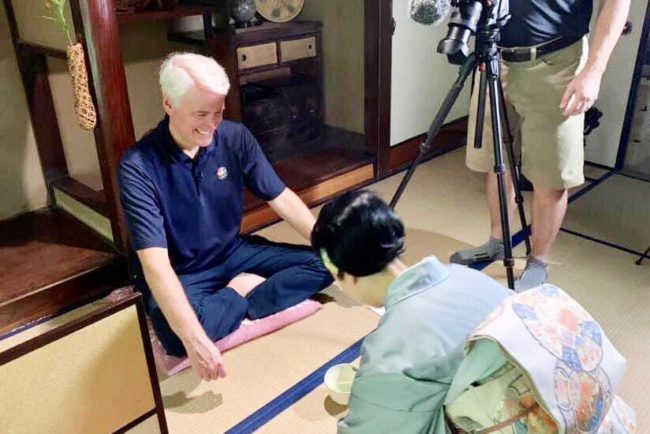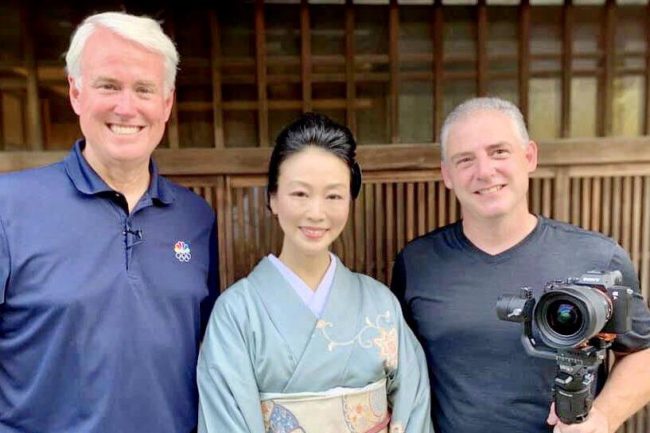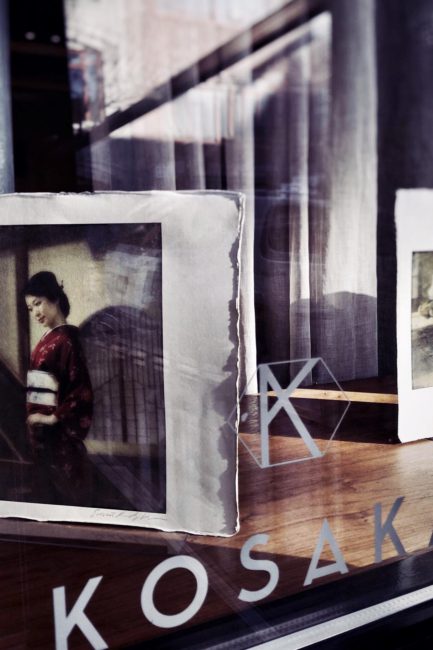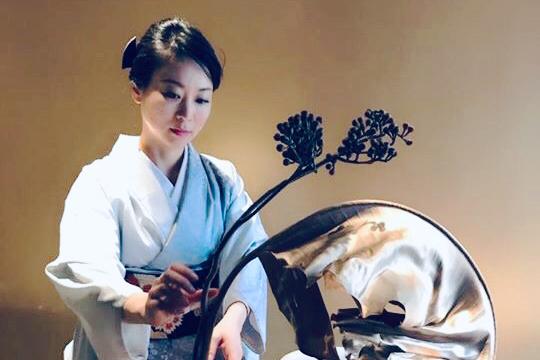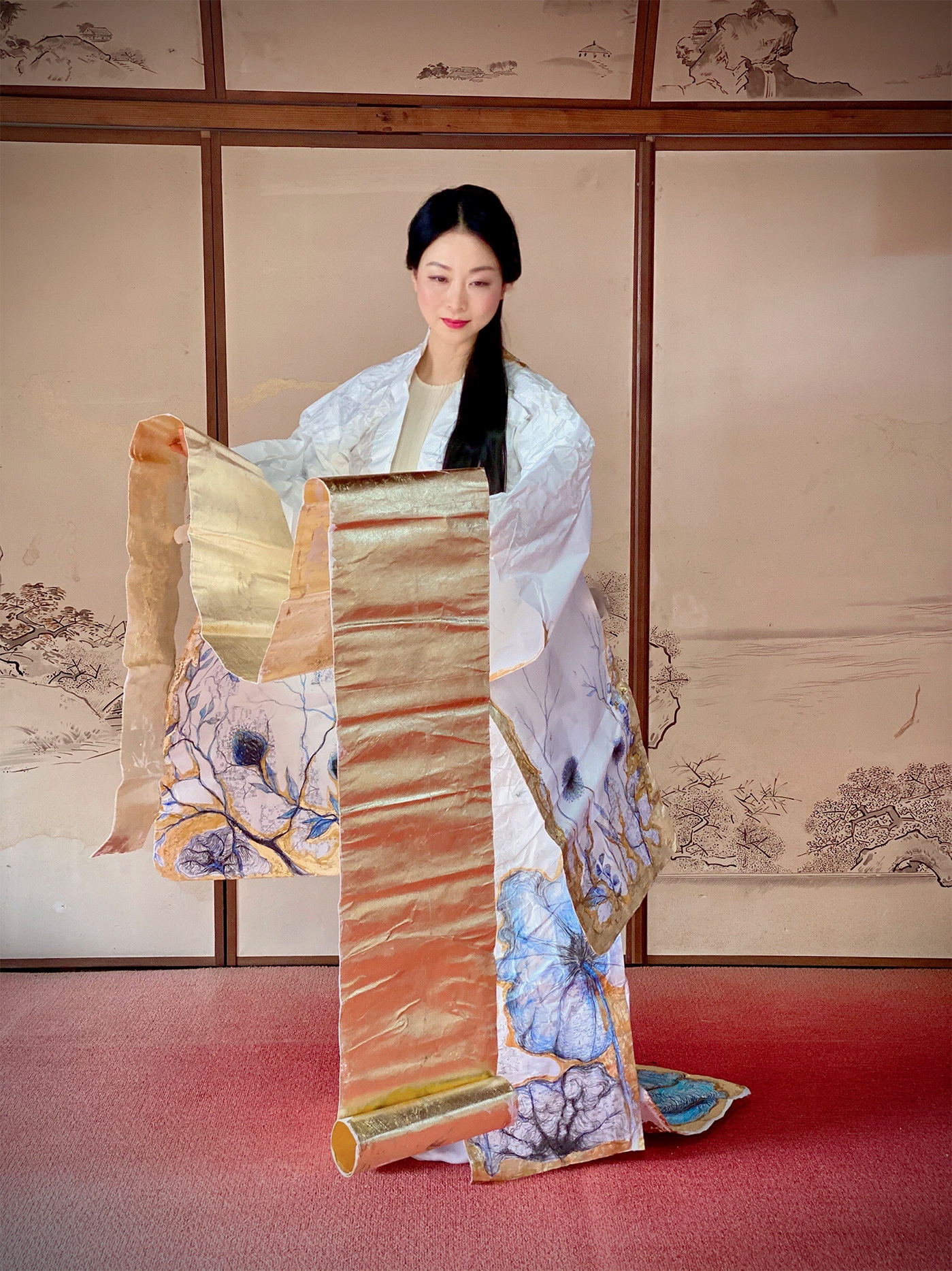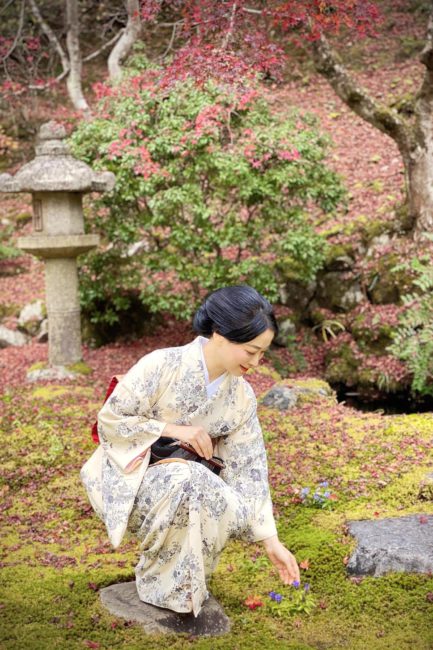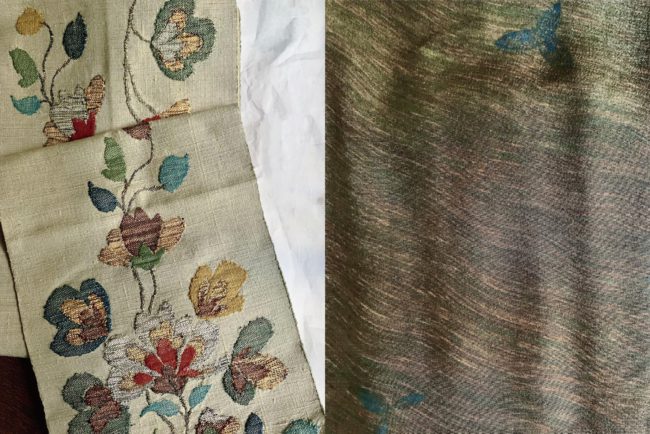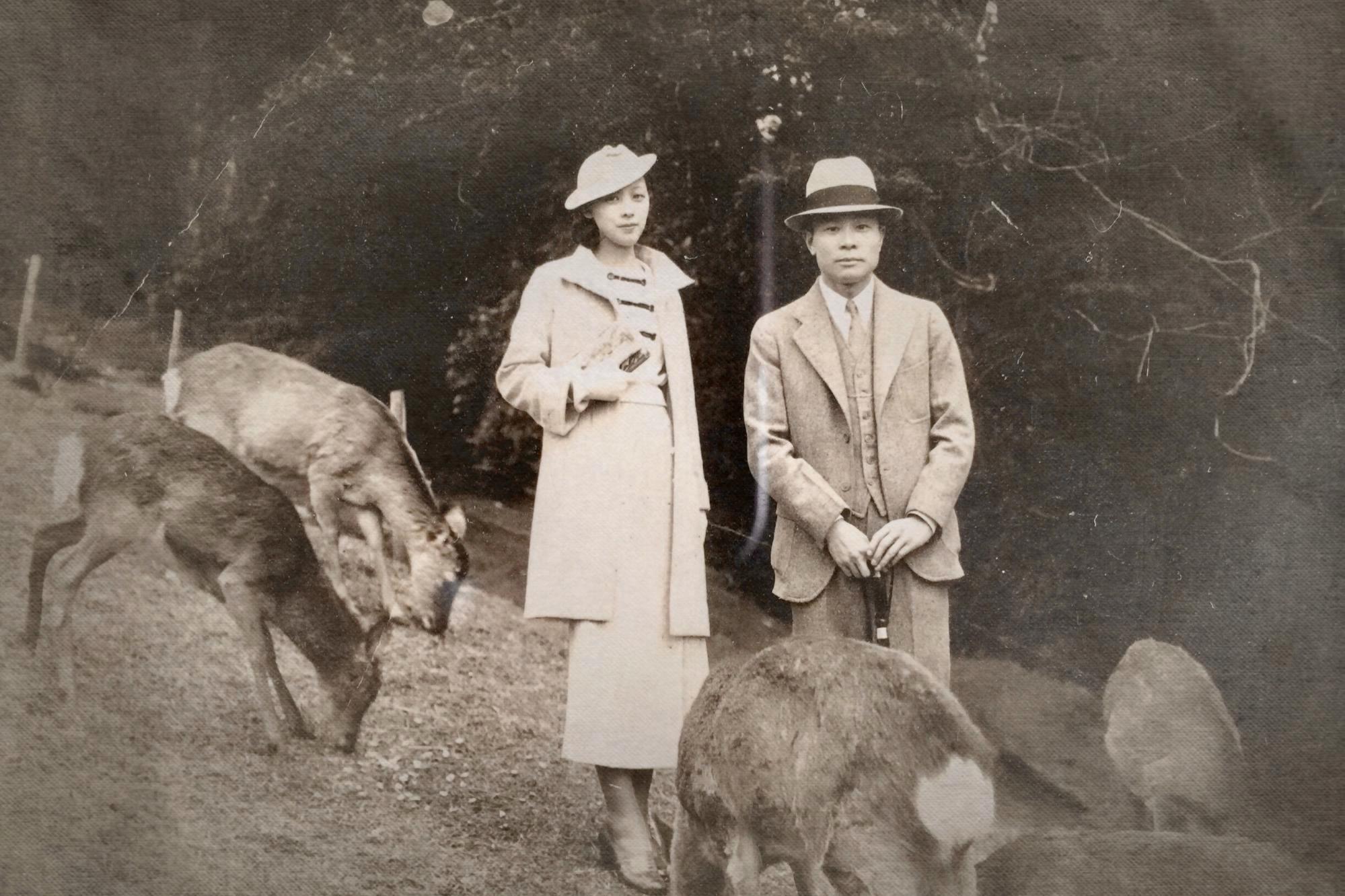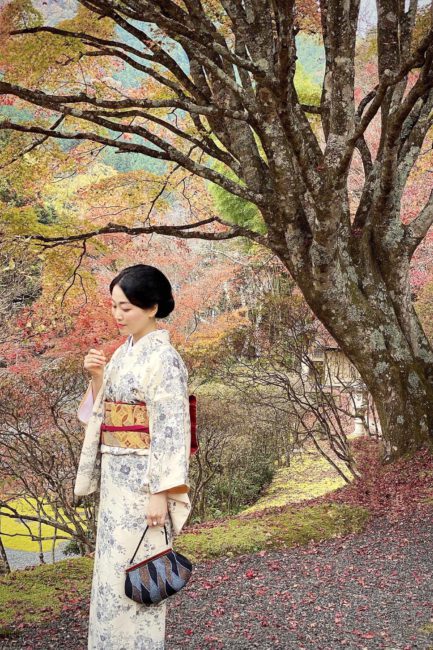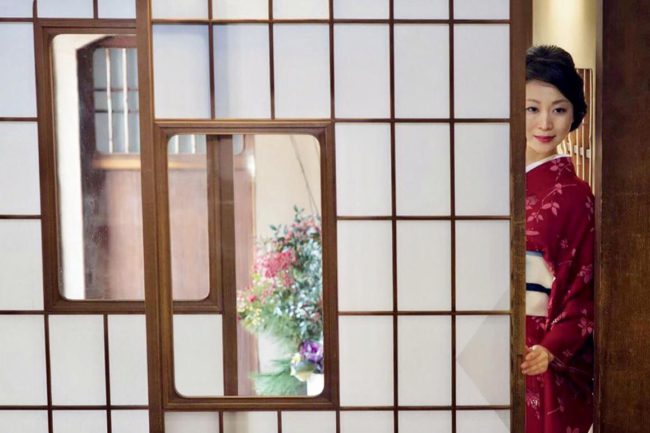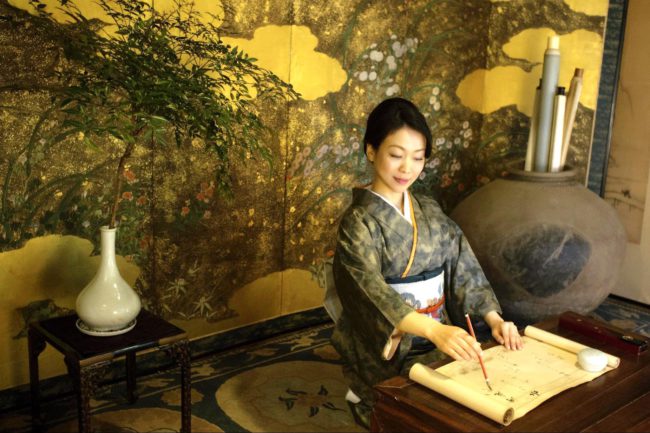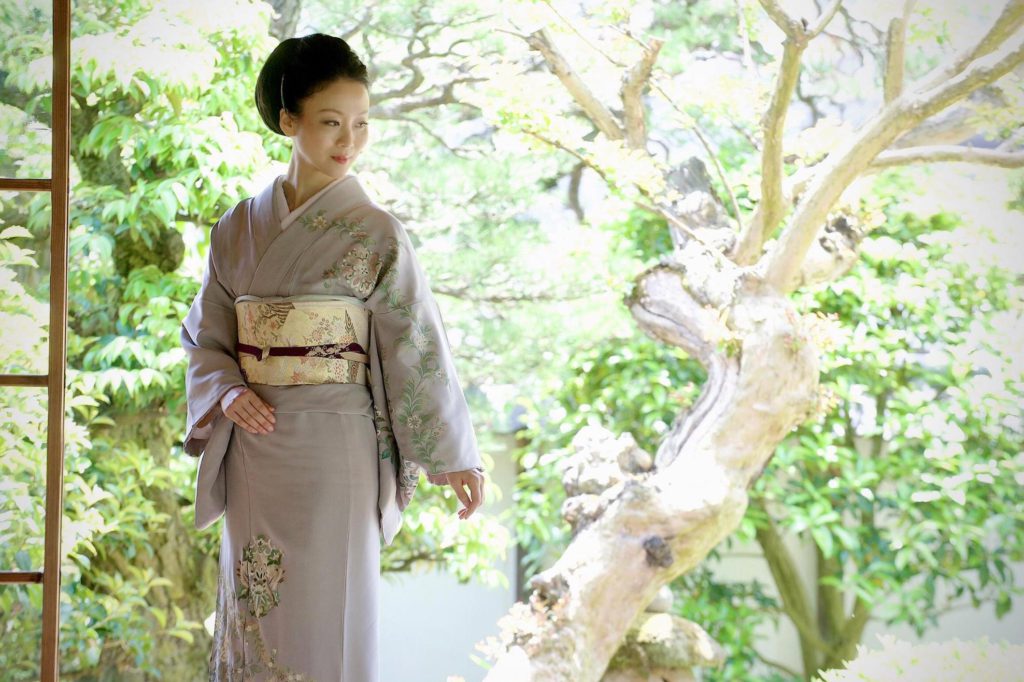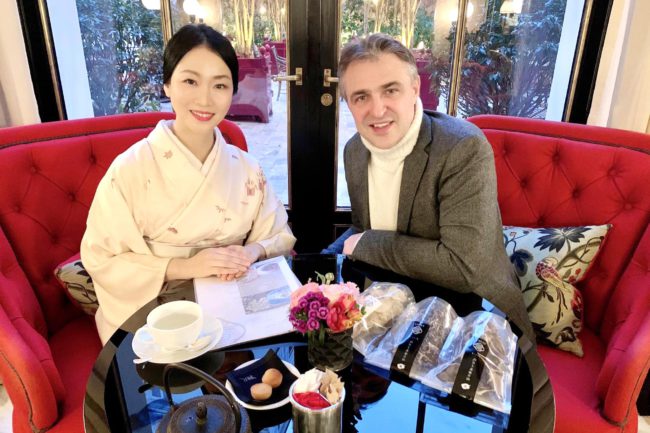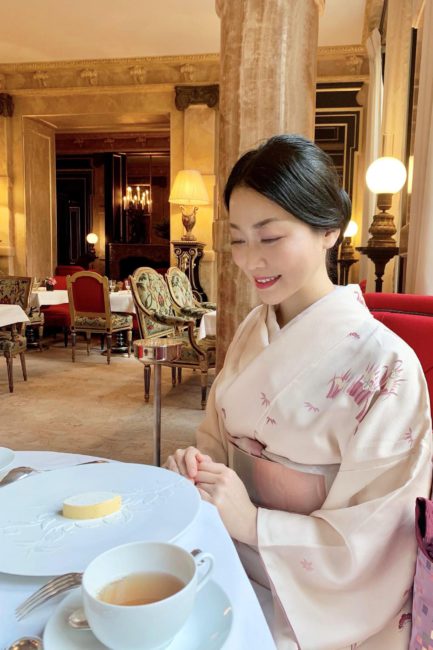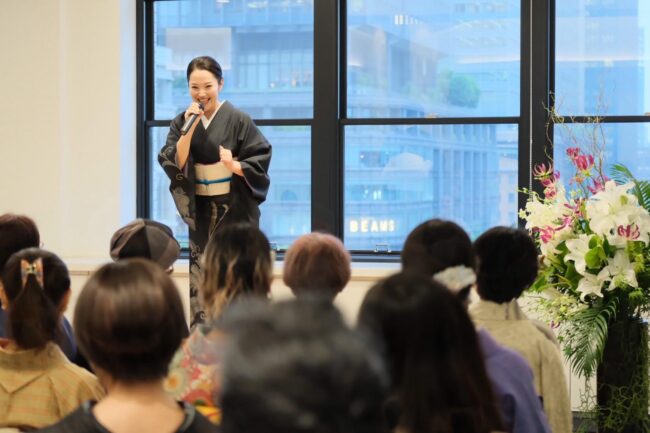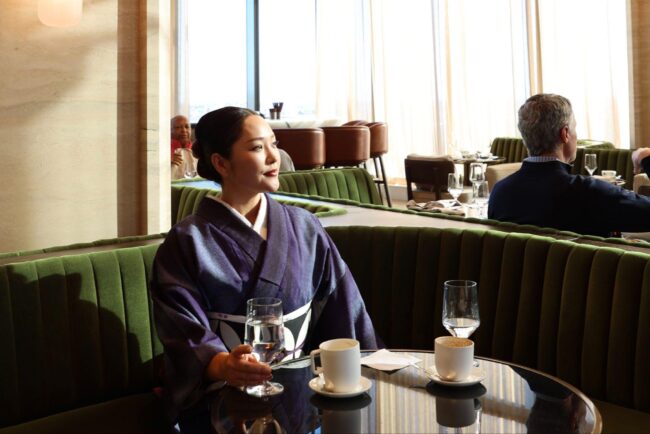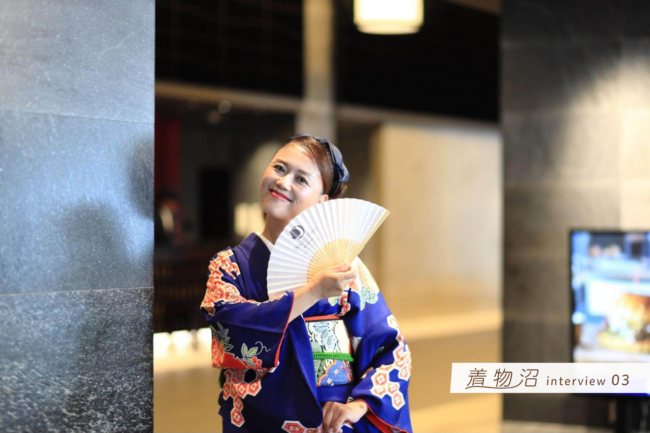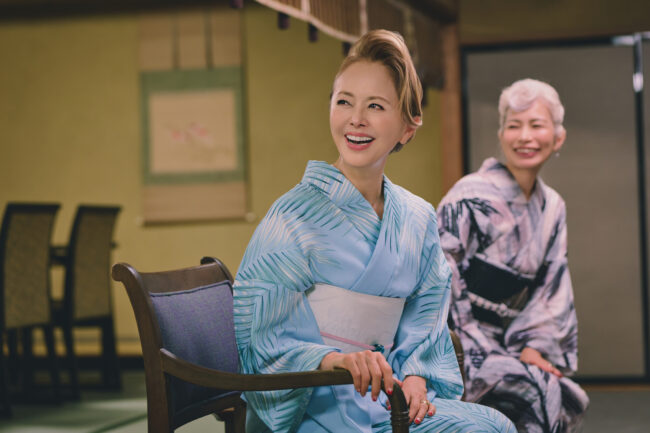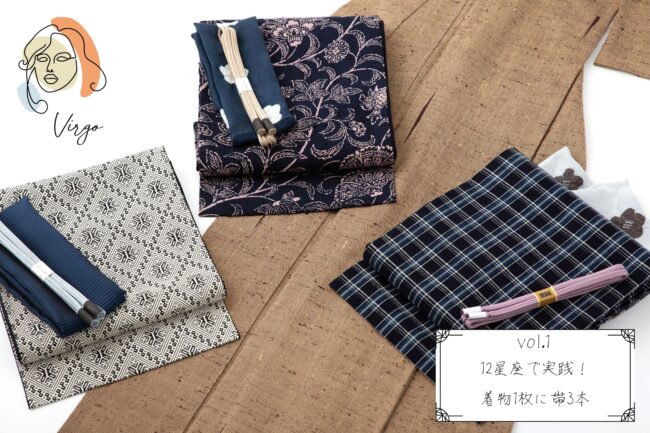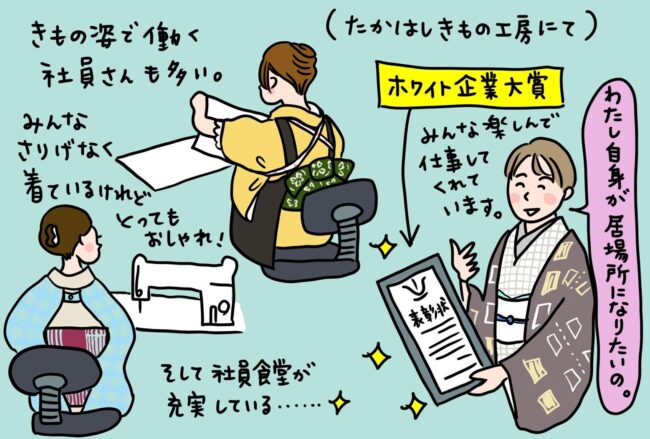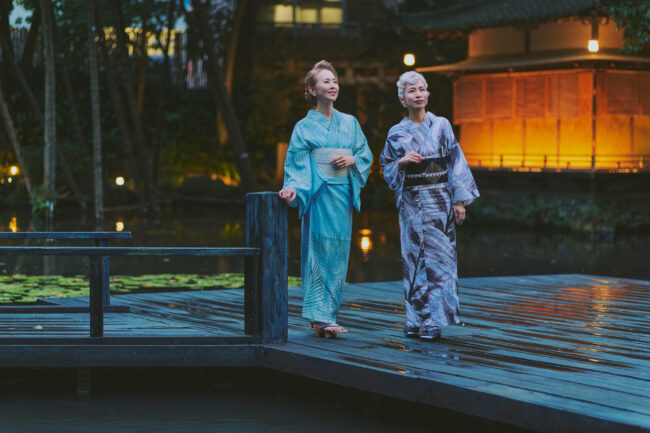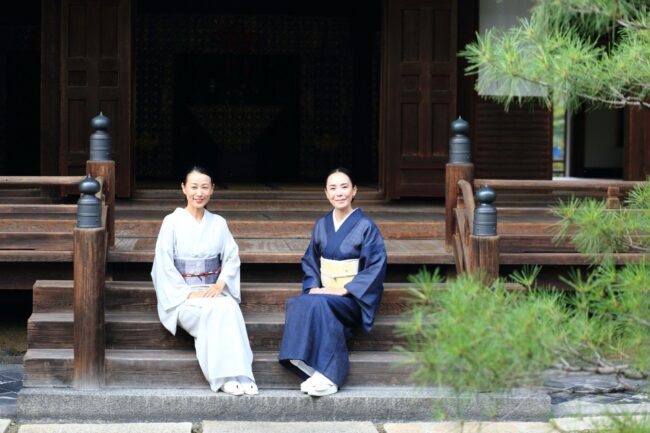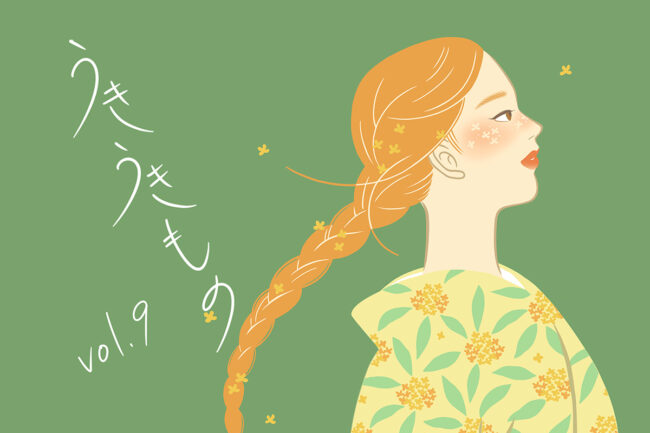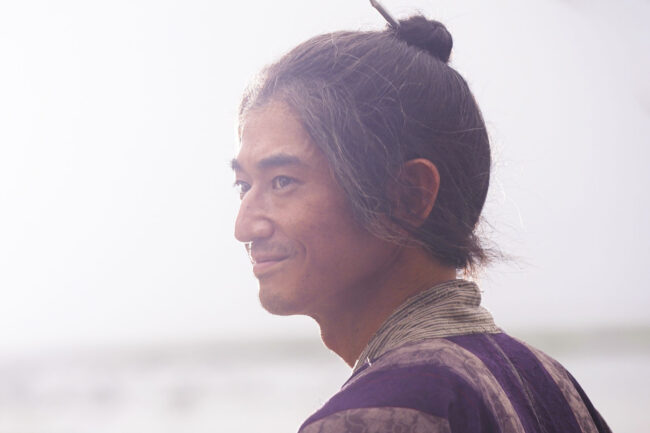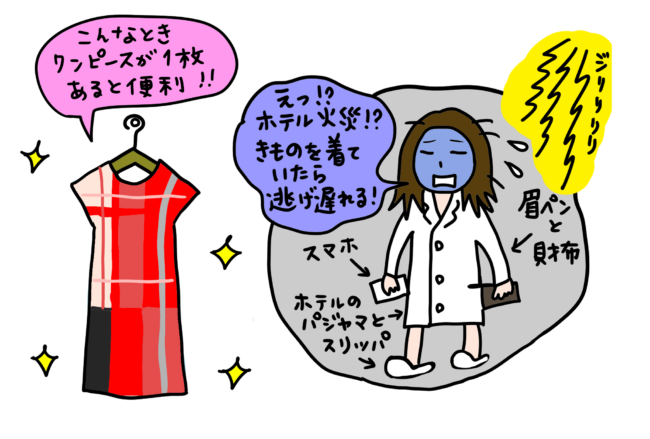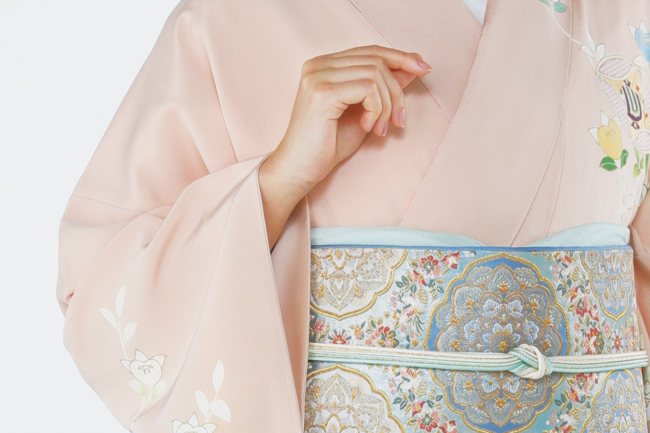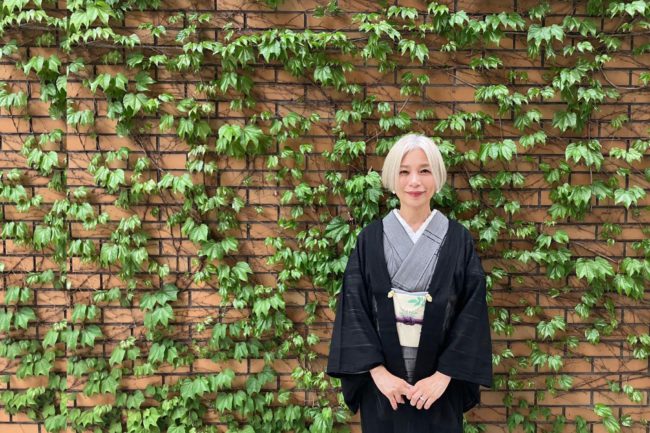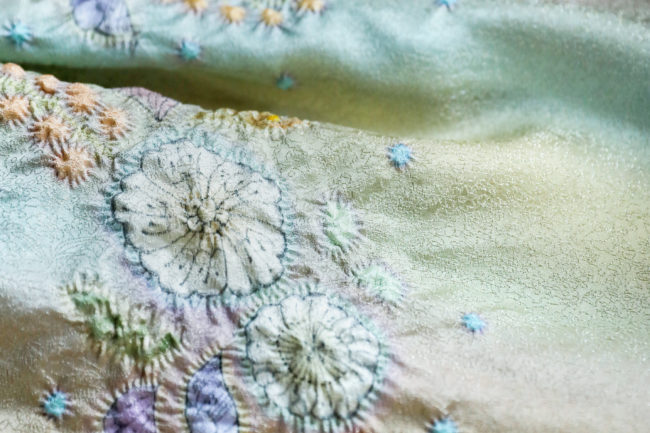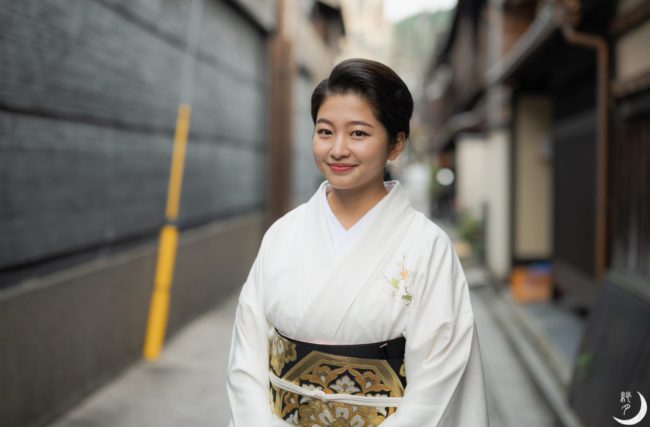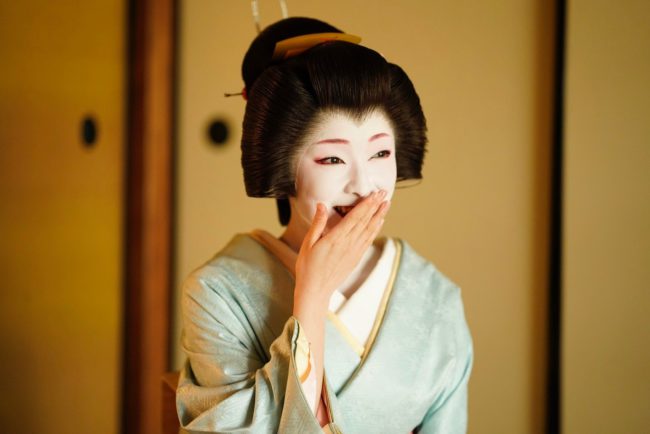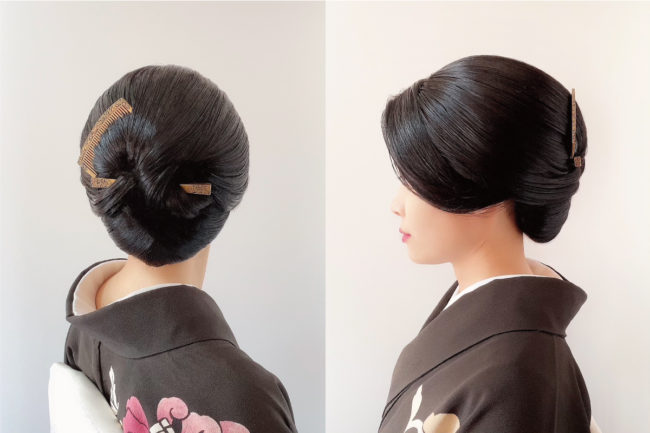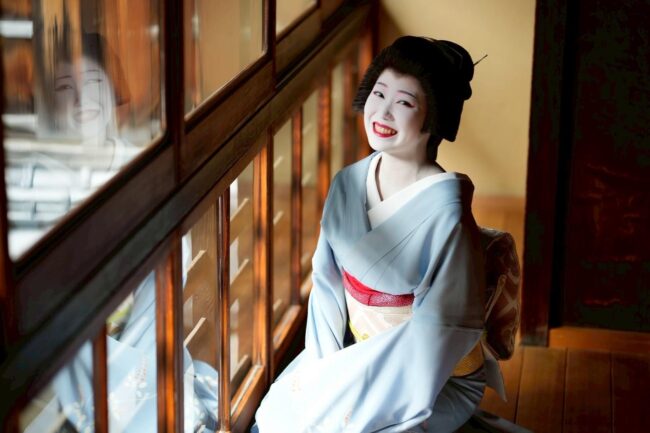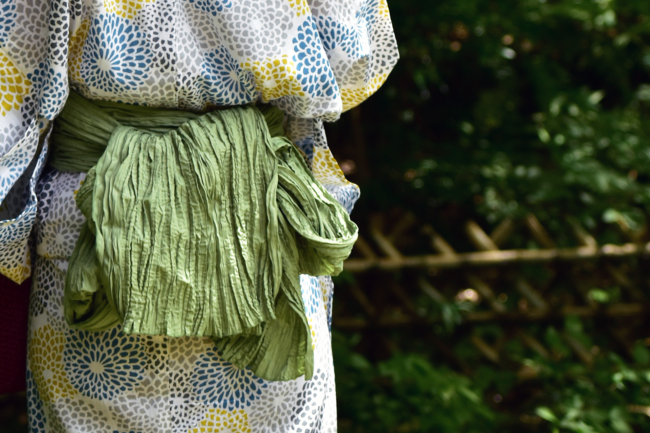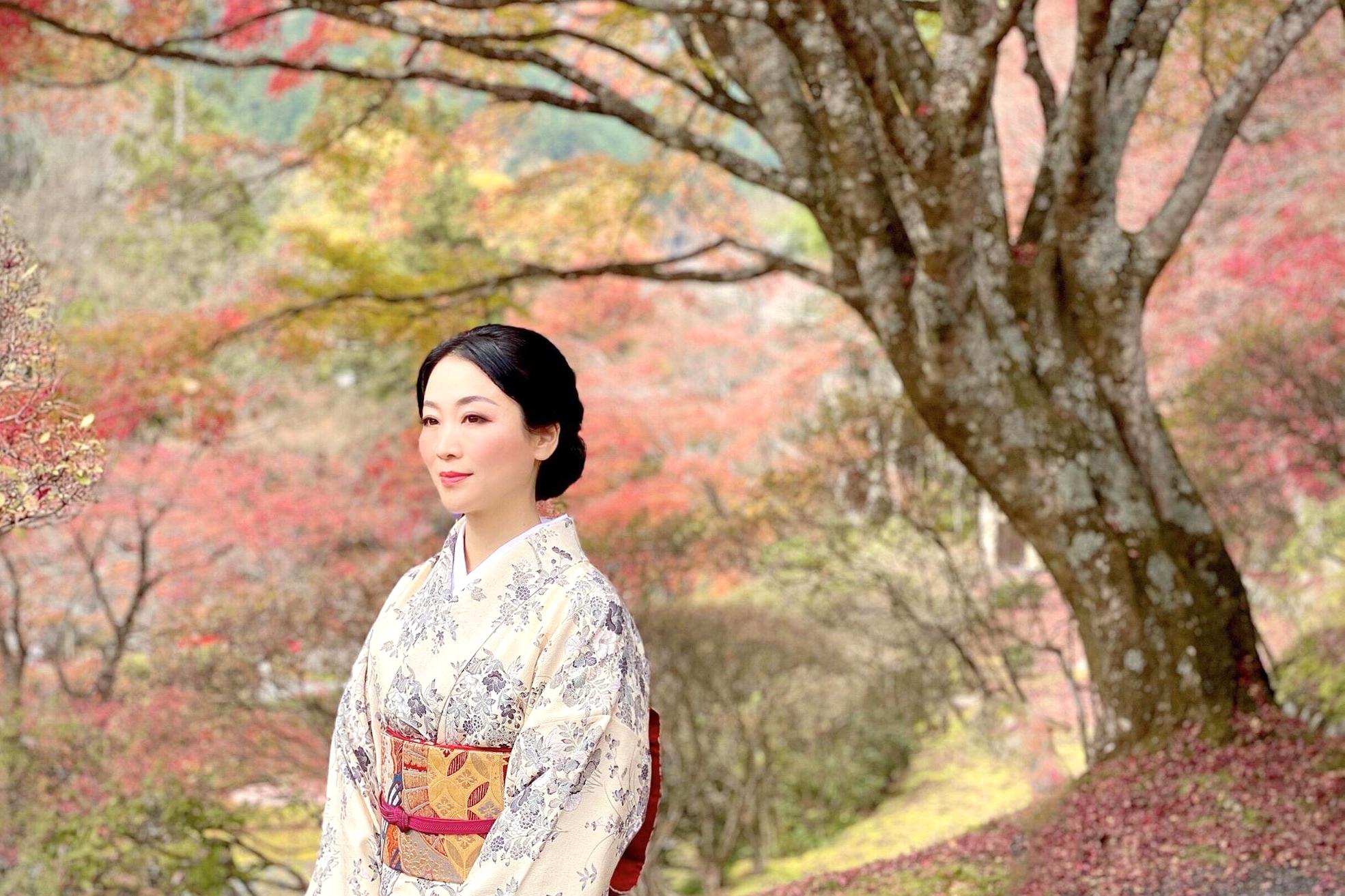
Artist, Junko Sophie Kakizaki (Part 1)
Junko Sophie Kakizaki is an artist and kimono expert, who lives her life as an expression of beauty. We asked her about her unusual lifestyle, her love of kimono and her activities to promote the traditional arts of Japan.
目次
- Born and raised in a family with an 1100 year old history.
- Junko Sophie inherited from her grandmother not only a sense of beauty, but also a mission to express beauty in her life.
- Becoming a Cultural Ambassador and Muse
- The Elegance of Japanese Women Revealed through the Kimono
- Wearing Kimono Opens New Doors of Opportunity
シェア
RECOMMENDおすすめ記事
Related Posts
LATEST最新記事
-

インタビュー
【対談番外編】映画作家 河瀨直美さん&着物家 伊藤仁美さん ――着物コーデは場とのセッション
-

ライフスタイル
褒めオンパレで自己肯定感爆上がり! 鳥塚ルミ子さん 【YouTube連動】「着物沼Interview」vol.3
-

エッセイ
small fall smell― 待ちわびて、金木犀 「うきうきもの」vol.9
-

カルチャー
戦後の沖縄を描く、魂震える圧巻の191分!『宝島』 「きもの de シネマ」vol.69
-

着物の基本
きもの旅でもワンピを一枚 「きくちいまが、今考えるきもののこと」vol.99
-

イベント
『魅せる立ち姿の秘訣!』 日本最大級きもの展示会2025@東京丸の内KITTE 「Magnificent KIMONO!」vol.14
RANKINGランキング
- デイリー
- ウィークリー
- マンスリー
-

着物の基本
着物は「右前」「左前」どっち?覚え方のコツや注意点を解説!
-

着物の基本
しびれるくらい粋でカッコいい!半幅帯の帯結び 「着物ひろこの着付けTIPs」vol.5
-

着物の基本
今さら聞けない!アニメ『鬼滅の刃』に登場する柄・模様と、込められた意味
-

着物の基本
辻が花とは?幻と称される染め物の由来や特徴を解説
-

着物の基本
子供におすすめの浴衣5選!子供浴衣の選び方のポイントは?
-

着物の基本
着物は自宅で洗えるの?洗濯手順や注意点を解説!
-

エッセイ
9月の着物コーデは夏あり冬ありのグラデーション! 「きくちいまが、今考えるきもののこと」vol.75
-

エッセイ
秋単衣は、さらっとした縞大島と軽い八寸帯で始めたい 「つむぎみち」 vol.9
-

カルチャー
たくさんの感謝と愛に包まれて。人気芸妓・紗月さん、引き祝いを終えて祇園街を巣立つ
-

着物の基本
きもの旅でもワンピを一枚 「きくちいまが、今考えるきもののこと」vol.99
-

エッセイ
9月の着物コーデは夏あり冬ありのグラデーション! 「きくちいまが、今考えるきもののこと」vol.75
-

着物の基本
今さら聞けない!アニメ『鬼滅の刃』に登場する柄・模様と、込められた意味
-

着物の基本
着物は「右前」「左前」どっち?覚え方のコツや注意点を解説!
-

カルチャー
戦後の沖縄を描く、魂震える圧巻の191分!『宝島』 「きもの de シネマ」vol.69
-

着物の基本
しびれるくらい粋でカッコいい!半幅帯の帯結び 「着物ひろこの着付けTIPs」vol.5
-

カルチャー
幕末好きの歴女でお三味線の名取 宮川町・とし真菜さん 「令和の芸舞妓図鑑」vol.6
-

着物の基本
名古屋帯とは?袋帯との違いと種類ごとの使い分け・最適な仕立て方まで解説
-

ビューティー
和髪を自分で結うために 「セルフ和髪のいろは~一髪二化粧三衣装」vol.1
-

着物の基本
着物は「右前」「左前」どっち?覚え方のコツや注意点を解説!
-

カルチャー
”かわいい”から”キレイ”へ 祇園甲部・豆沙弥さん 「令和の芸舞妓図鑑」vol.20
-

着物の基本
今さら聞けない!アニメ『鬼滅の刃』に登場する柄・模様と、込められた意味
-

カルチャー
投扇興(とうせんきょう)を楽しむ!【大西常商店・大西里枝さん】「きくちいまがプロに聞くシリーズ」扇子のギモンを解決!vol.5
-

ライフスタイル
若女将から4代目社長へ 「#京都ガチ勢、大西常商店・大西里枝さんの一年」vol.7
-

エッセイ
9月の着物コーデは夏あり冬ありのグラデーション! 「きくちいまが、今考えるきもののこと」vol.75
-

着物の基本
しびれるくらい粋でカッコいい!半幅帯の帯結び 「着物ひろこの着付けTIPs」vol.5
-

着物の基本
きもの旅でもワンピを一枚 「きくちいまが、今考えるきもののこと」vol.99
-

着物の基本
兵児帯(へこおび)とは?特徴や選び方・結び方をご紹介!

